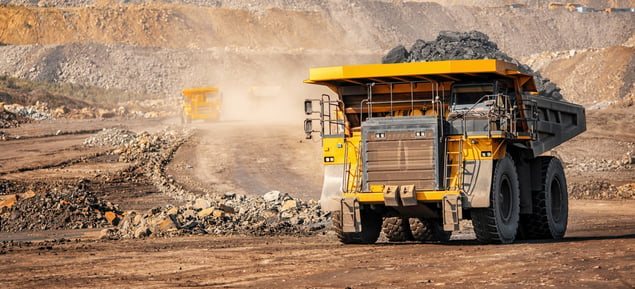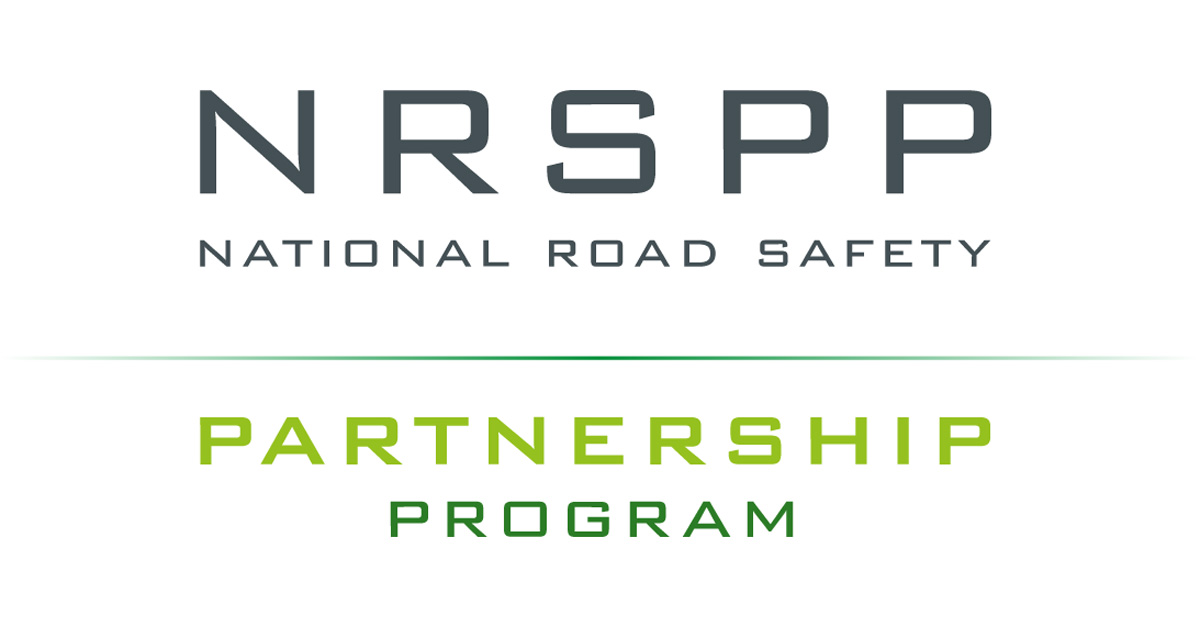SGESCO-MAX joins NRSPP
FIRST VEHICLE SAFETY TECH DEVELOPER TO JOIN 15 May 2021 SGESCO-MAX is excited to become the first vehicle safety technology partner of theNRSPP...
4 min read
Admin November 18, 2025

Australia’s resource sector, which employs around 320,000 people, accounts for over 60% of our export revenue. As a key pillar of Australia’s economy, keeping those who work in the sector safe is not just a must for each human life but also for the sustainability of the sector.
For one of Australia’s most valuable workforces every shift starts and ends the same: on a bus – which is why SGESCO-MAX works with mining companies to keep people safe in and around their bus fleet.
Beside a haul truck or excavator, mining buses and personnel carriers may not look dramatic, but they are among the highest-risk interfaces between people and machines in any mining business.
For many companies, these transfers happen several times a day, often over long distances transporting FIFO staff, DIDO employees and permanent residents.
There are many hazards involved with buses:
Compounding these hazards are the environment where mining camps and sites are located, the conditions of the roads and the remoteness of operations.
Mining transport fleets work in environments far tougher than city roads or national highways. They carry crews between camps and sites before sunrise, through dust storms and darkness, on roads shared with massive haul trucks and service vehicles. Conditions change fast – heavy rain, wildlife, narrow shoulders or a landslip can turn a routine trip into a serious hazard. And, while the bus driver might be wide awake and know the road like the back of their hands, it may not be the case for other drivers on the road.
Unlike urban routes, these journeys often take place far from medical support. When an incident happens — a bus rolls, hits a person, or collides with another heavy vehicle — life-saving hospital help can be a long way away. In these remote regions, every safety measure counts double.
When something happens on a remote mine road, the consequences are severe.
There’s the human impact – devastated workers, families and colleagues – and the business impact: production shutdowns, investigations, and the loss of trust that follows any serious incident. Industry data suggest the total cost of a single major heavy-vehicle accident can exceed A$10 million, once downtime, legal processes and compensation are added up.
That’s why prevention matters.
Based on decades of experience, SGESCO-MAX identifies three recurring risk areas for personnel transport vehicles:
Each of these risks can be addressed with proven technology already in service across Australian fleets.

For more than 25 years, SGESCO-MAX has specialised in designing heavy-vehicle safety systems for demanding industries. Our MAX-SAFE™ range provides a layered approach to protection — using sensors, AI, smart logic and active technology to remove as much human error as possible.
MAX-SAFE Seatbelt Warning System™
This solution constantly checks every occupied seat. If someone isn’t buckled once the vehicle is moving, the system alerts the driver with lights and sound. No false alarms, no manual inspections — just instant awareness that everyone is secured.
MAX-SAFE Anti-Rollaway Brake System®
This system applies the brakes automatically if the park brake isn’t engaged and the driver leaves the seat or opens the door. It stops a bus from moving when it shouldn’t – a simple, reliable insurance against one of the most common heavy-vehicle tragedies.
MAX-SAFE Protect 360 AI™
This is a multi-camera AI system that gives a 360-degree view around the vehicle. It detects pedestrians or obstacles and can issue spoken warnings, and flash external light bars so that the driver and anyone at risk in a blind spot is immediately notified. Ideal for busy camp zones.
Kinetic, part of Australasia’s largest bus operator, runs 240 vehicles that transport more than 16,000 passengers each day across various mining regions. To strengthen safety and compliance, the company fitted its fleet with the MAX-SAFE Seatbelt Warning System.
“Safe transport is reliable transport – a key requirement of our transport contracts,”
says Joe Gould, Regional Manager – Workshop. “The MAX-SAFE Seatbelt Warning System provides our drivers with the confidence that all occupants are legally compliant to company transport policies.”
Kinetic’s proactive approach reflects a growing recognition in the resources sector: transport safety is not optional; in 2025 it’s fundamental. It should not be a corner that is cut.
Investing in advanced bus safety systems does more than meet legal obligations. It delivers measurable benefits:
Australia’s mining industry has made huge strides in on-site safety, but the journey to and from those sites still carries unacceptable risk, said Scott McPherson, Managing Director of SGESCO-MAX.
“Bus transport in mining isn’t just a means of getting people to work – it’s the lifeline of every operation. When a single vehicle carries dozens of workers through remote country, safety has to start before the engine turns over.”
“With systems like MAX-SAFE Seatbelt Warning, Anti-Rollawaynd Protect 360 AI, mining companies can ensure that safety really does travel with every passenger,” noted Scott.
“Every bus that leaves a camp or mine gate carries Australia’s most valuable resource: its people. Their safe transit isn’t just a duty of care — it’s the measure of a responsible industry.
“SGESCO-MAX’s modern, intelligent safety systems give mining companies the ability to prevent accidents rather than respond to them — and they’re ready to be deployed now.”

FIRST VEHICLE SAFETY TECH DEVELOPER TO JOIN 15 May 2021 SGESCO-MAX is excited to become the first vehicle safety technology partner of theNRSPP...

One of Australia’s recycling giants has become the first company in Australia to implement an innovative AI camera solution to protect unaware VRUs...